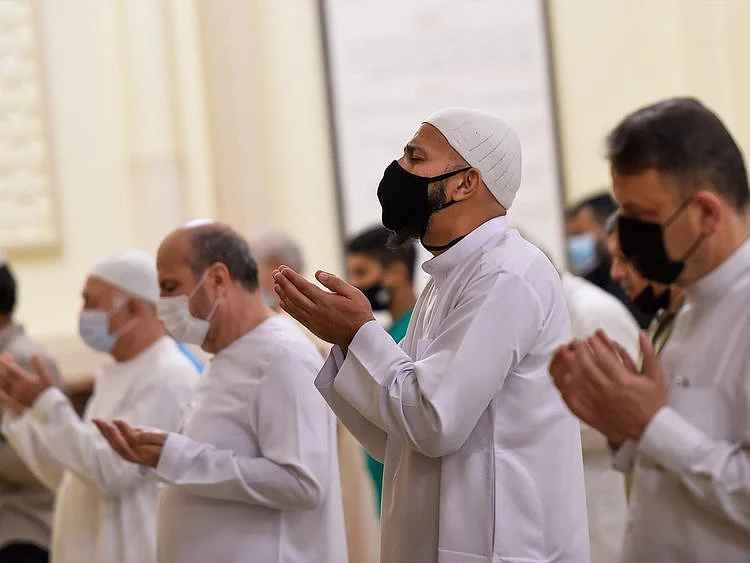Ramadan 2023: All you need to know about taraweeh prayers - When, why and how to perform it
Taraweeh prayer is one of the most cherished specialities of Ramadan nights

Dubai: During the holy month of Ramadan, Muslims perform special prayers called taraweeh after every evening’s last daily prayer (isha).
Taraweeh prayer is one of the specialities of Ramadan nights; for the entire month, Muslims line up at night to observe a number of optional rakats of prayers and listen to and reflect on the recitation of the Quran.
Taraweeh is derived from the Arabic word meaning “to rest and relax”, as it is seen as a special form of Islamic meditation.
Origins
In the last year of his life, Prophet Mohammed (PBUH), came out one night and prayed taraweeh. On that night, some people prayed with him. During the second night, word spread and more people joined in taraweeh. Even more people attended on the third night. On the fourth night, the mosque was packed and the people awaited the Prophet’s arrival.
The Prophet, however, prayed at home by himself. After fajr, he said: “Nothing prevented me from coming out to you except the fact that I feared that it would be made obligatory for you.” (Muslim)
From the time of Caliph Abu Bakr to the beginning of Caliph Omar’s time, people prayed taraweeh either individually or in small groups. Later, Caliph Omar gathered everyone behind one imam and they prayed 8 rakats. Eventually, it was increased to 20 rakats to make it easy for people.
Number of rakats and how it is performed
According to a Hadith from Sahih Al Bukhari, taraweeh prayer is eight rakats. The Prophet (PBUH) led the taraweeh prayer for eight rakats. Taraweeh is prayed in sets of two rakats each, in the same way as you would pray your normal salah. The shortest is two rakats and the longest is 20 rakats. However, during the time of Caliph Omar bin Abdulaziz (717 to 720 AD), the people of Medina observed the taraweeh prayer for 36 rakats.
Rewards of Taraweeh
There are many rewards for praying the taraweeh. The Prophet said: “Whoever stands for prayer (the night prayer) during Ramadan with iman (faith), hoping for rewards, then all his/her previous sins will be forgiven.”(Bukhari and Muslim)
Additionally, as the rewards for good deeds are multiplied during the month of Ramadan, the rewards for Taraweeh are even greater. The Prophet said: “Whoever draws nearer (to Allah) by performing any of the (optional) good deeds in (this month) shall receive the same reward as performing an obligatory deed at any other time, and whoever discharges an obligatory deed in (this month) shall receive the reward of performing seventy obligations at any other time.”(Narrated by Ibn Khuzaymah)
Praying at the mosque or home
While praying taraweeh in congregation at mosques has more rewards than performing it at home, that does not mean it cannot be carried out at home, especially when there is a lockdown. It can be prayed at home, alone or in congregation with family and friends.
Sign up for the Daily Briefing
Get the latest news and updates straight to your inbox
Network Links
GN StoreDownload our app
© Al Nisr Publishing LLC 2025. All rights reserved.